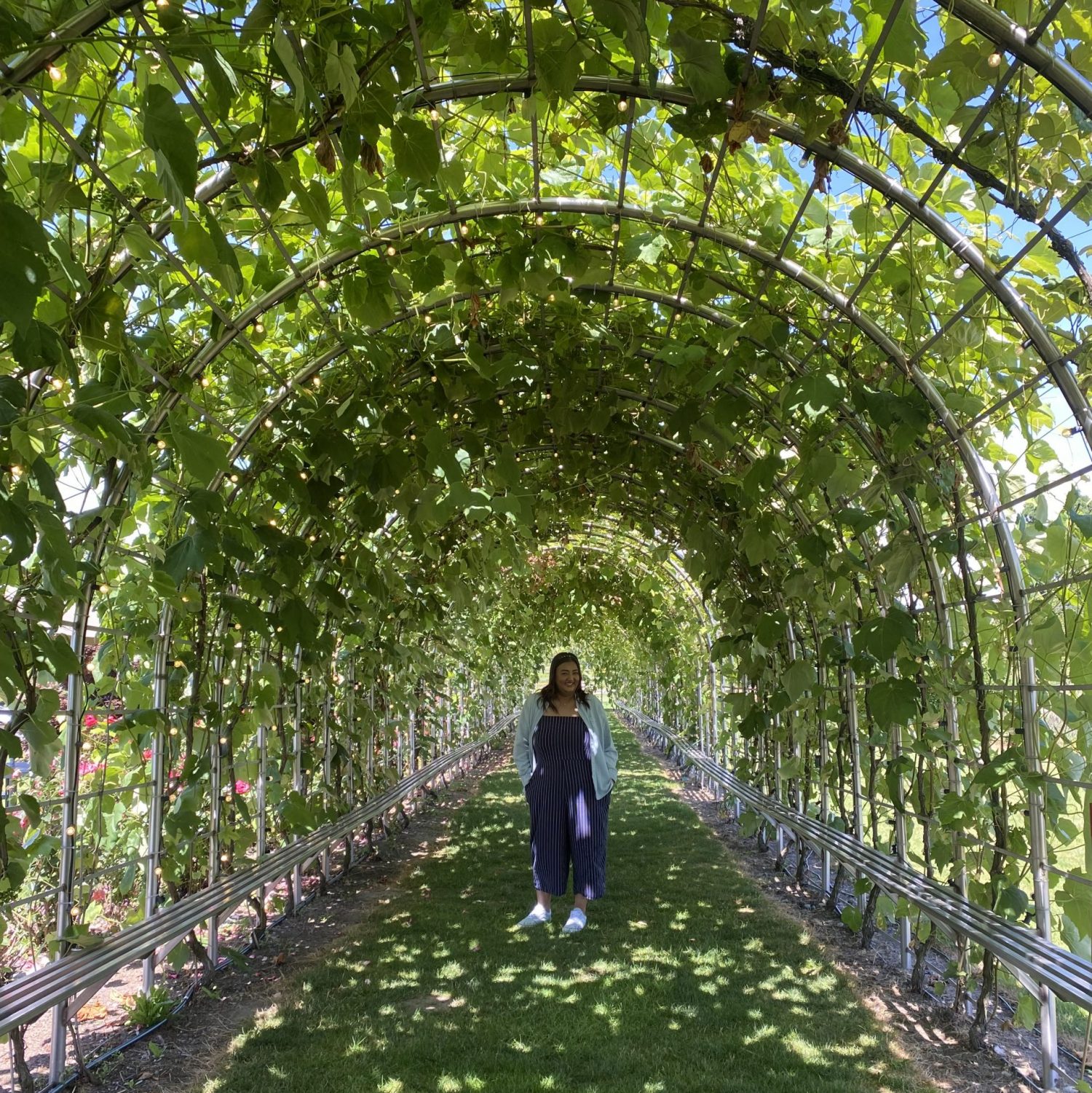My previous linking assignment, I chose to focus on a colleagues blog that had a completely different perspective and way of interpreting data than myself. For this link, I chose to focus on Amy Stiff’s Attention Economy Post because her perspective and interpretation of the website was similar to mine. We both seem to have experienced similar difficulties and annoyances when navigating the website and had similar reflections. Amy was able to navigate the website much faster than I was able to so I was curious about how she was able to figure it out more seamlessly.
I found it very intriguing that both Amy and I noted in our reflections regarding the ease in which scammers can take advantage of website user’s vulnerability as user’s expect a certain type of interface and can easily get confused when the algorithm is switched on them.
I like that Amy noted Brignull (2011) and how susceptible us adults are when it comes to the internet and to also think about student vulnerability. This was not something that I thought about in that way so I like that Amy pointed it out. Especially, when I think about the fact that I am a millennial and have grown up with the internet and these tools and resources and still find some features frustrating which means that students who are still learning these tools can also be challenged as well.
Amy also mentioned that teachers can use these types of interfaces to direct student attention which I thought about as well and I do wonder if students could complete the game Use Inyerface and this is something I am thinking about possibly trying with my grade 6/7 students.
References
Brignull, H. (2011). Dark patterns: Deception vs. honesty in UI design. A List Apart, 338.

